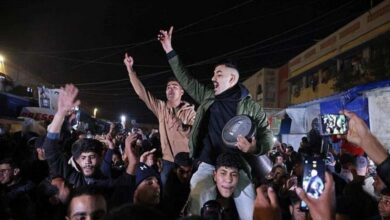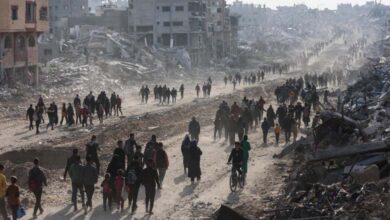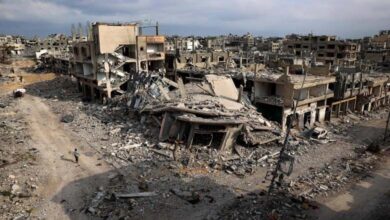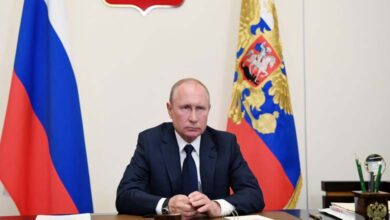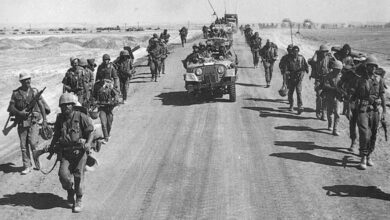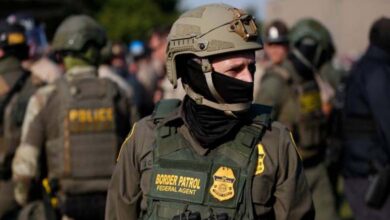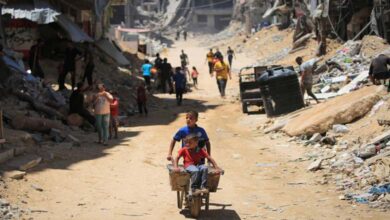Ukrainian Incursion in the Largest Attack on Russia Since World War II: What Is Happening on the Border?
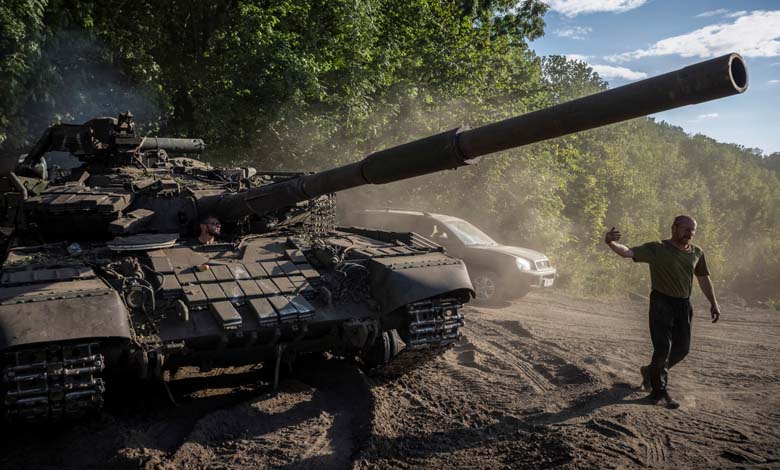
Ukrainian forces continued their advance across the border into Russia’s Kursk region for the second week, claiming to have seized more territory, captured more Russians, and destroyed a launcher in attacks on military airfields, according to the American “Associated Press” agency.
-
Attack « Disrupts » Power Supply in Ukraine and Targets Foreign Mercenaries’ Headquarters
-
With New UAE Mediation, Russia and Ukraine Prepare to Exchange 90 Prisoners
Russian Prisoners
According to the American agency, Ukrainian army commander General Oleksandr Syrsky said in a video posted on President Volodymyr Zelensky‘s Telegram channel that Ukrainian forces had also captured more than 100 Russian soldiers. Zelensky said they would eventually be exchanged for Ukrainian prisoners of war.
Additionally, the forces destroyed a Russian Su-34 aircraft used to drop destructive glide bombs on Ukrainian front lines and cities, according to the Ukrainian General Staff.
-
“The Russian Hell” shakes Ukraine… Learn about the “Doomsday” bomb
-
The Ukraine War drains Russian resources and affects its influence in the Mediterranean
Ukraine’s surprise push into the Kursk region, which began on August 6, has shaken the Kremlin. Military analysts say the bold operation is the largest attack on Russia since World War II and may involve up to 10,000 Ukrainian troops backed by armor and artillery.
Syrsky claims that Ukrainian forces have advanced over 1,000 square kilometers (about 390 square miles) in the Kursk region, although this claim could not be independently verified.
-
Russia’s “Victories” in Ukraine: 4 Reasons Behind the Progress
-
Gaza destruction compared to Ukraine’s
Ukrainian Superiority
According to the American agency, if this is true and Ukraine indeed controls all that land in the Kursk region, it would have seized in just one week an area of Ukrainian territory equivalent to what Russian forces captured—1,175 square kilometers (450 square miles)—between January and July of this year, according to calculations by the Institute for the Study of War, a Washington-based think tank.
Russian authorities acknowledged Ukrainian gains in the Kursk region but described them as smaller than what Kyiv claimed. However, around 132,000 people have been evacuated from the Kursk and Belgorod regions, and plans are in place to evacuate 59,000 more.
-
Nighttime Drone War Between Russia and Ukraine Continues… Exchange of Fire
-
Power Balance Shifts: American Atacms Missiles Open New Avenues for Ukraine Against Russia
Ukrainian Deputy Prime Minister Iryna Vereshchuk said the military plans to open humanitarian corridors allowing civilians in Ukrainian-controlled areas of the Kursk region to travel to other parts of Russia or Ukraine.
Ukraine also claimed to have conducted its largest attack on Russian military airfields since the full-scale Kremlin invasion began in February 2022 overnight from Tuesday to Wednesday.
-
Ukraine Awaits U.S. House Light as Shocking Warning Precedes Vote
-
Her fingers to Ukraine… Russia announces new evidence regarding the hall attack
Depleting Russian Forces
A Ukrainian security official told the Associated Press that the goal was to deplete Russia’s air superiority advantage. He spoke on condition of anonymity because he was not authorized to speak publicly.
A Ukrainian Foreign Ministry spokesman had earlier stated that Kyiv had no intention of occupying Russian-controlled territory. He said the goal was to prevent Russia from launching missiles at Ukraine from Kursk.
-
The military crisis between Ukraine and Russia has escalated
-
Kakhoovka and Zaporizhia: Is Ukraine maneuvering with water and nuclear?
Analysts say Kyiv’s forces targeted the Kursk region because the weak Russian command and control structure there made it vulnerable.
Retired U.S. Vice Admiral Robert Murrett, professor and deputy director of the Institute for Security Policy and Law at Syracuse University, said, “The situation remains very volatile, but with clear signs that Russian command and control of responding units are still coming together, without having yet achieved the crucial unity of command, the next 2-3 days will be critical for both sides.”



